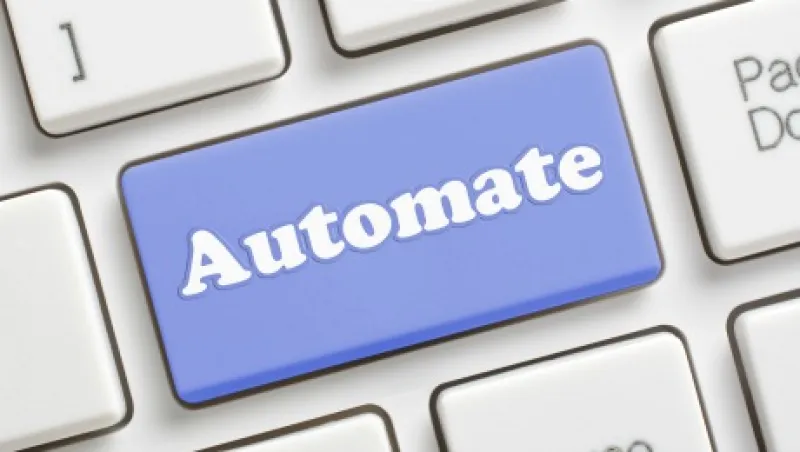Few financial products have seen the growth and success that mutual funds have experienced over the past three decades.
According to data from DTCC Fund/SERV, U.S. mutual funds have approximately $16 trillion in assets under management. Thirty years ago, when funds were processed manually in the U.S., that market was much smaller. In an industry then holding some $716 billion in assets under management, Fund/SERV processed a scant 15 transactions a day.
Today Fund/SERV processes a daily average of 900,000 mutual fund orders on behalf of more than 950 funds and 350 firms.
Back in the day, the lead-up to April 15 was especially dreaded by those working in the U.S. mutual funds marketplace. The voluminous and error-prone paperwork required for account registrations and transactions exploded near the tax-year deadline for individuals’ IRA contributions. Industry veterans still recall the mountains of paper and working through the night.
Nonetheless, slow-moving, onerous processing was a year-round reality. The daily routine relied on deposit slips, calculator tapes and spreadsheets — and bags, for the bicycle messengers dispatched throughout lower Manhattan and across the country to deliver checks to banks.
This approach was simply not tenable for fund companies and brokers. Error risks and costs per trade were high. Scalability was absent. If the only path to growth was expanding your workforce — a very expensive option — the market’s potential was going to remain limited.
Then came computers. When mutual fund trading — including order confirmation, settlement, fund account registration and other critical back-office processes — became automated, fund companies and distributors acquired the tools that were needed to streamline operations and that paved the way for the fund sector’s tremendous advancement.
The cost per trade tumbled from 50 cents in the early years to 35 cents in 1997 to 6 cents today. According to the Investment Company Institute (the national association of U.S. companies of mutual funds, ETFs, unit investment trusts and closed-end funds), in 2014 an estimated 53.2 million households in the U.S. — or 43.3 percent of all U.S. homes — owned mutual funds, up from 4.6 million and 5.7 percent, respectively, in 1980.
Although automation solved the paperwork crisis, new challenges for those operating in the mutual fund industry have emerged in recent years. Regulatory requirements like those from the Securities and Exchange Commission’s money market mutual fund reform and the U.S. Department of Labor continue to require increased transparency and improved consumer protections.
Money market mutual fund reform, which goes into effect this October, should provide investors with additional protection during rare periods of market stress, when redemptions in some money market mutual funds may increase significantly. Whereas many market participants are well prepared for this mandate, compliance costs continue to rise as a result of these rules and others. As a result, reducing internal operational costs, through the use of automation, continues to be important.
The DoL regulation, known as the fiduciary rule and which will begin to take effect in April 2017, elevates the role of those providing investment advice for compensation to the level of a fiduciary, creating new requirements and standards for advisers and broker-dealers serving IRA and 401(k) clients. Although the DoL has committed to providing further details on the regulation this summer, questions remain about how the rules will work in practice. For example, in order for an adviser to collect commissions on a check that is sent to the fund with a corresponding deposit slip, the adviser’s firm will need to determine whether the deposit was unsolicited or as a result of solicited adviser guidance. Whereas this makes sense in theory, funds and firms will nonetheless be challenged to make the determination. Also, firms and counterparties will need to show more transparency, so that fees are paid to the correct advising counterparty.
Ultimately, the new regulations should further protect mutual fund end investors. These represent a positive step forward in servicing clients. Yet it will be critical for the industry to continue to partner with local regulators as new mandates come to bear. Firms initially turned to automation to solve the paper crisis. It’s high time that market participants ensure they are leveraging technology to its full potential to satisfy evolving regulator, investor and counterparty needs.
Josephine Torelli is executive director and vice president of wealth management at the Depository Trust & Clearing Corp. in New York.
Get more on trading and technology .






